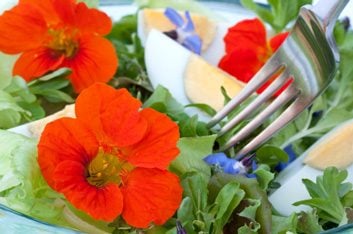
Wild plants you can eat
Ah, the tastes of summer. Sweet strawberries, fresh corn and juicy peaches… or should that be steamed fireweed, pan-fried puffballs and a dollop of soapberry ice cream?
Not all ingredients in your favourite dishes need to necessarily come from the grocery store. Your local natural environment may be bursting with berries, loaded with leaves and ripe with roots that are not only edible, but delectable. Many of these plants grow near rivers, meadows and forests all across Canada.
Even city dwellers might find a tasty wild frond or two in their own front-yard flower gardens. Certain plants we dismiss as pests – like lamb’s quarters, burdock and Canada thistle – can actually be consumed. The dandelion, a misery to many homeowners, can be devoured from top to bottom. (Hate weeding? Start eating!)
It’s estimated that a billion people around the world munch on produce no one ever planted. Want to be one of them? Whether you’re craving cattails or hankering for huckleberries, here are five points to keep in mind.
Nutrient content will vary
We often hear that wild foods are more nutrient-dense than cultivated crops. But that isn’t a universal rule, says Pearle Nerenberg, a registered dietitian in Montreal. “It’s really dependent on how the fruits or vegetables grow, and what constitutes that plant.”
But it’s worth learning more about the nutritional content of the wild plants around you. Stinging nettle leaves, when blanched, contain more than three times the calcium of cooked spinach. The root of the American groundnut, part of the pea family, tastes like a sweet potato but is packed with a protein punch.
How about the claim that eating wild means eating a low-fat diet? “Even wild foods can be high in fat, if you’re looking at a nut or seed,” Nerenberg points out.
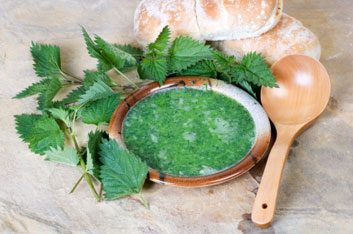
Nutrient content will vary
We often hear that wild foods are more nutrient-dense than cultivated crops. But that isn’t a universal rule, says Pearle Nerenberg, a registered dietitian in Montreal. “It’s really dependent on how the fruits or vegetables grow, and what constitutes that plant.”
But it’s worth learning more about the nutritional content of the wild plants around you. Stinging nettle leaves, when blanched, contain more than three times the calcium of cooked spinach. The root of the American groundnut, part of the pea family, tastes like a sweet potato but is packed with a protein punch.
How about the claim that eating wild means eating a low-fat diet? “Even wild foods can be high in fat, if you’re looking at a nut or seed,” Nerenberg points out.

Not all wild plants are pesticide-free
Many Canadians choose organic produce because they want to reduce their exposure to contaminants. But if you’re reaching for wild plants because you think they’re pristine, think again. Even a plant that hasn’t been directly sprayed with pesticides and herbicides may have been exposed to chemicals used to treat a nearby farm, lawn or golf course, or carried in exhaust fumes from a local highway.
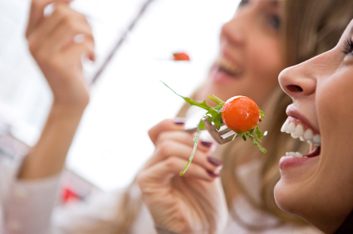
Test before you taste
If you’re trying a wild plant for the first time, don’t dismiss the possibility of an allergic reaction. Crush some of the plant and rub it on the skin of your arm or around your mouth. Wait a few hours. If there’s no reaction, try a tiny taste and wait a few hours more before tucking in.
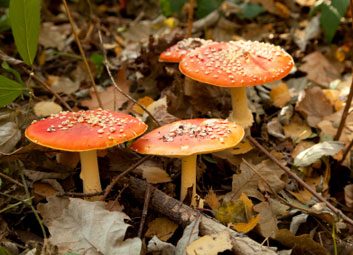
Beware of toxic twins
Bring along an expert when you’re foraging for foods that are new to you. Many perfectly innocuous plants, such as edible mushrooms and Labrador tea, have poisonous lookalikes. Other plants are safe only if you limit yourself to certain parts of them, or a small quantity of them. “I think it’s very important to know what you’re eating,” says Nerenberg. Other harvesting hazards include scratches from thorny raspberry or blackberry bushes. Wild ginger, though judged yummy as a syrup on an ice cream sundae, gives some people a skin rash.
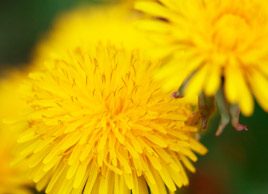
Savour them, but don’t stamp them out
Make sure the plants you pick from will continue to produce. Don’t strip away all its seeds or leaves, or it may not survive. An ostrich fern, for example, depends on its fronds to deliver nutrients to its roots. So no matter how blissful fiddleheads may taste when boiled, if you take too many of them, the fern itself will die. Try to limit your harvest to about a third of any plant’s bounty.
Eating wild foods can be an eye-opening and enjoyable experience, notes Nerenberg. “As long as you’re not picking up a poison mushroom, you’re exploring variety and getting in touch with nature.”
Related:
• Thai Noodle Salad with Dandelion Greens
• 7 herbal teas that will make you healthier
• Wild Blueberry Soy Shake
